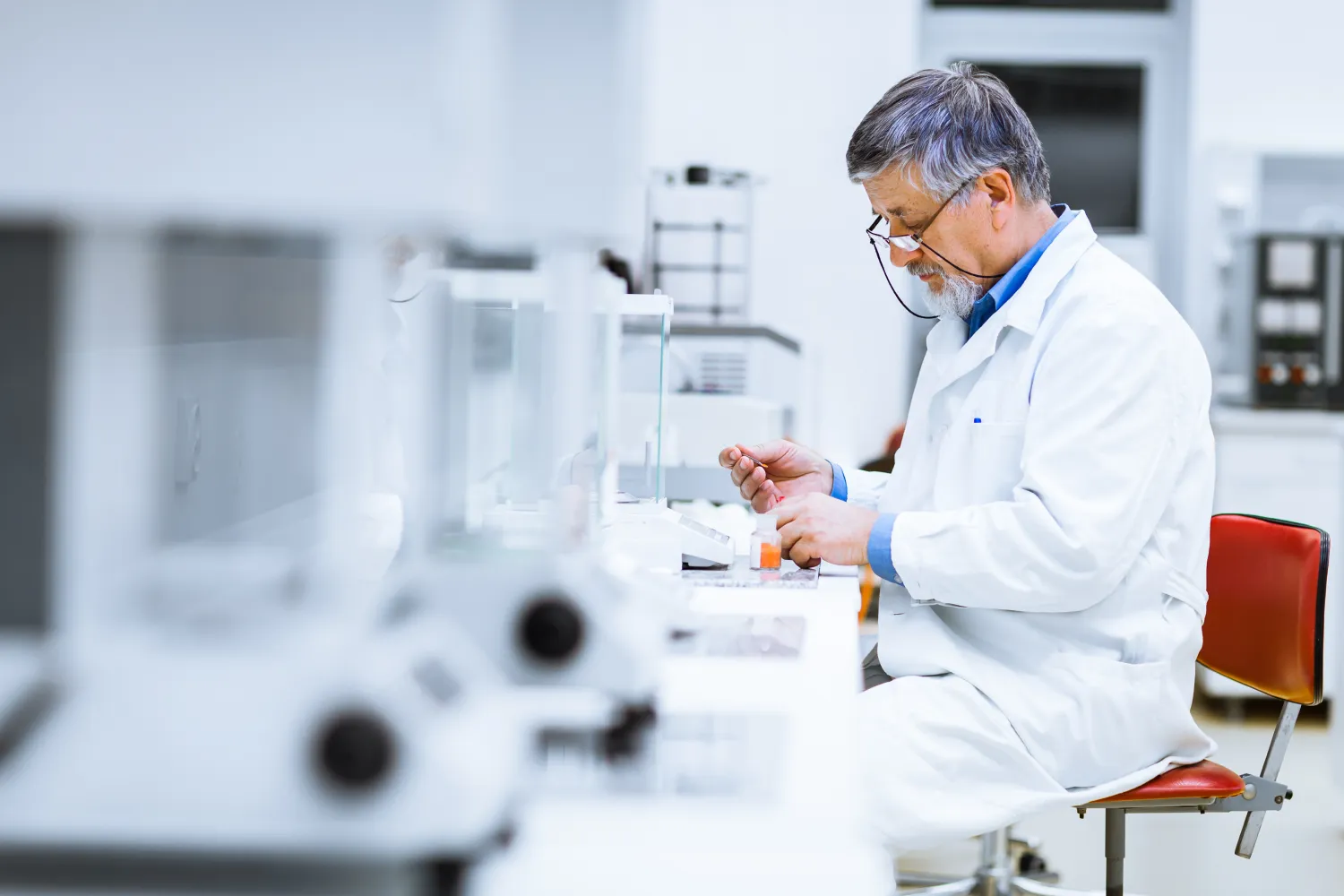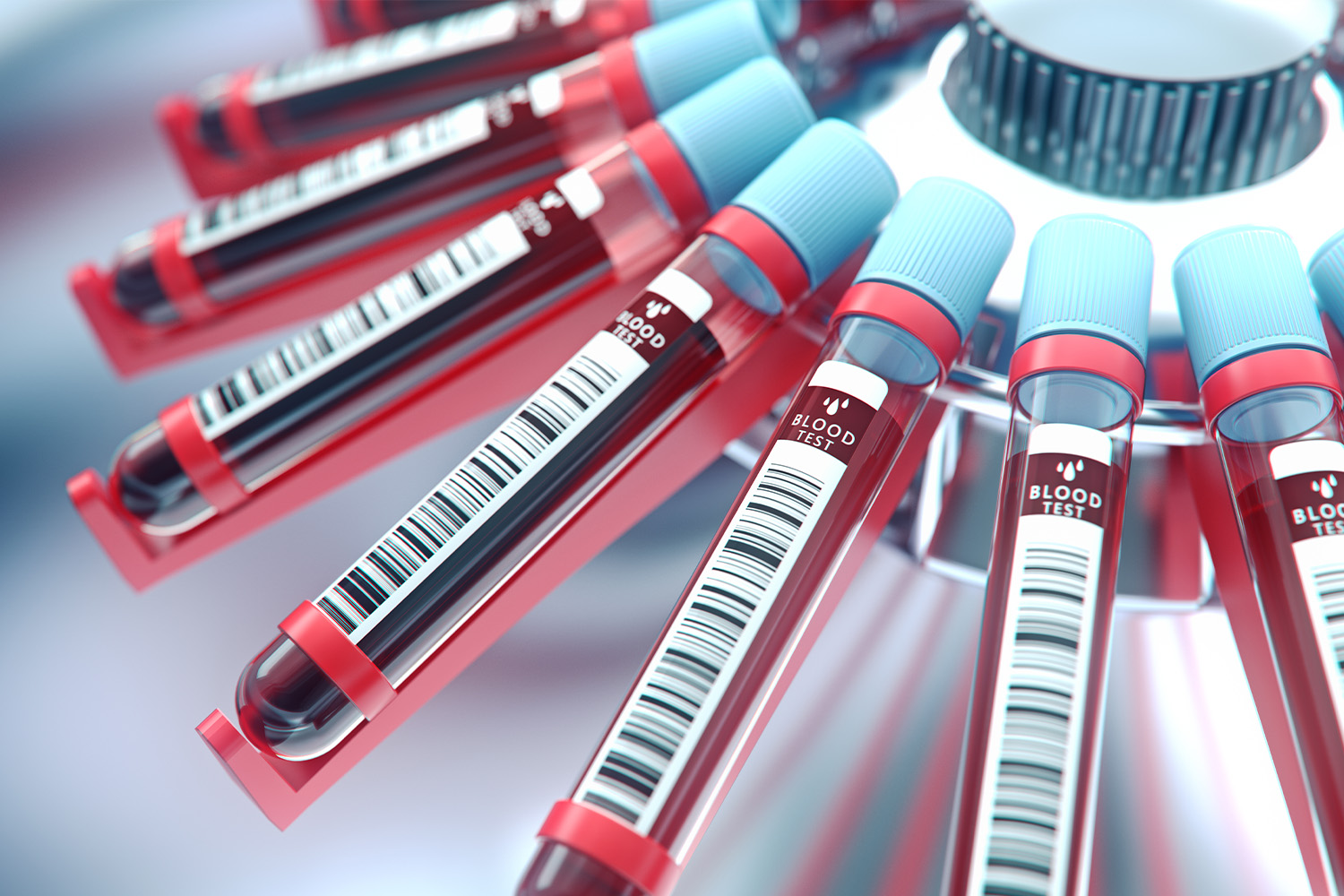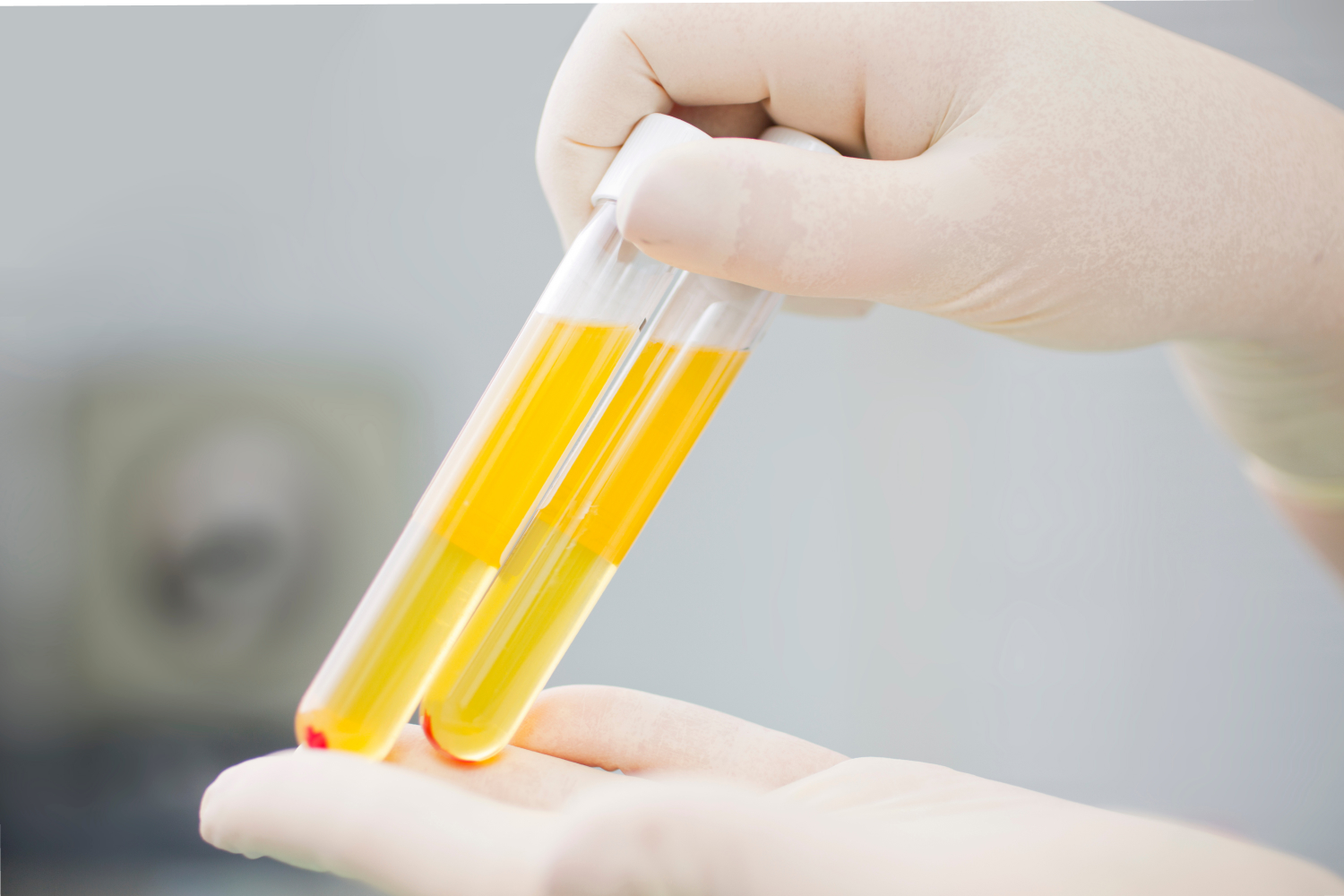In the expansive world of medical innovations, medical devices must undergo a meticulous journey from ideation to real-world application. Each step in this journey, while promising transformative change, is accompanied by the solemn responsibility to prioritize patient safety and the efficacy of the intervention.
Medical device trial development, in this regard, becomes the backbone of ensuring that every device meets stringent standards before reaching those in need.
At iProcess Global Research, we’ve helped guide this process time and time again, ensuring that innovation and safety go hand-in-hand in the pursuit of better health outcomes.
The Importance of Medical Device Trials
Medical device trials provide the medical community with the confidence they need to successfully diagnose and treat patients. Each trial, meticulously designed and executed, serves as a protector of patient trust and welfare.
Beyond assessing the immediate safety and performance of a device, these trials play an instrumental role in shaping the trajectory of medical science. They offer insights that go beyond their immediate scope, enabling the identification of new therapeutic avenues, iterating on existing designs, and catalyzing advancements in associated medical fields.
In essence, these trials don’t just validate the present; they also inform and inspire the future of healthcare, ensuring that as technology progresses, patient safety and effective care remain at its core.
The Journey from Phase I to Phase III
The progression from Phase I to Phase III trials marks a significant evolution in the life of a medical device.
Phase I Trials
Often the first foray into human testing, this phase is rife with anticipation and challenges. The primary objective here is to gauge the safety and initial efficacy of the device in a small group. It’s a crucial litmus test, signaling whether the device holds potential for broader application.
Phase II Trials
With the foundation set in Phase I, Phase II seeks to expand. Involving a larger participant pool, this phase is dedicated to refining device specifications based on more extensive feedback and a deeper dive into its safety profile.
Phase III Trials
This phase is the crescendo of testing, involving large-scale studies that pit the device against existing gold-standard treatments or devices. By comparing and contrasting, the medical community gets a clear picture of where the new device stands in the current medical arsenal.
Drawing from our expertise and vast global network, we help facilitate rigorous evaluations, ensuring that every device that progresses through these stages not only meets but exceeds expectations.
Post-market Clinical Follow-up: Continuous Oversight
Post-market surveillance is not merely an afterthought; it’s an essential component of the medical device lifecycle. Once a device receives market approval, its journey is far from over.
The real-world environment presents variables that clinical trials, by their controlled nature, may not fully encapsulate. This necessitates ongoing monitoring to ensure that devices remain safe and effective in broader and more diverse populations. Tracking adverse events, understanding their causes, and rectifying issues are crucial for patient safety.
Furthermore, unforeseen challenges may arise from extended use or interactions with other medical interventions.
Overcoming Challenges in Medical Device Trial Development
From stringent regulatory environments to the ever-evolving medical landscape, trial developers face numerous obstacles. Despite these hurdles, a clear strategy and proactive approach can ensure success.
Regulatory Hurdles
Differing guidelines and standards across countries can complicate the development process. It’s essential for developers to stay updated and be compliant with these ever-changing regulations, ensuring their devices can be universally adopted and accepted.
Patient Adherence
Ensuring consistent patient participation and adherence to trial protocols is pivotal. Strategies to educate and engage participants can significantly enhance the reliability of trial results.
Rapid Innovation vs. Safety
In today’s fast-paced medical world, there’s a drive for quick innovations. Balancing this enthusiasm with safety protocols is crucial. It’s not just about pioneering; it’s about pioneering responsibly.
Diverse Population Challenges
As trials expand, so do the diverse patient populations they encompass. Tailoring trials to account for various demographics while maintaining consistency is a complex endeavor.
Integration With Other Medical Interventions
Unforeseen challenges may arise when a new device interacts with existing treatments or other devices. This requires meticulous planning and foresight to preemptively address.
The Role of AI and Machine Learning in Modern Trial Development
Artificial intelligence (AI) and machine learning (ML) are no longer just buzzwords in the tech world; they are pioneering forces reshaping the fabric of medical device trial development. Their applications in this domain are vast, ensuring that trials are not just efficient but also innovative and predictive.
Patient Selection
One of the primary areas in which AI excels is patient selection. By combing through expansive datasets, AI algorithms can identify suitable participants, ensuring a diverse and representative sample for the trial. This targeted approach reduces trial times and ensures optimal participant involvement.
Real-time Data Analysis
ML algorithms work tirelessly behind the scenes, analyzing data in real time. This continuous monitoring detects anomalies or deviations that could potentially go unnoticed by manual observation. Faster feedback loops also make for quicker device refinements, leading to more efficient trial processes.
Predictive Capabilities
The future of medical device trials lies in predicting outcomes. AI models can forecast patient responses, allowing researchers to anticipate and mitigate potential challenges. By understanding potential adverse reactions or device interactions in advance, trials can be better structured to address these scenarios.
Integration With Existing Systems
AI and ML not only function as standalone systems but can also be integrated with existing databases and trial methodologies. This ensures that the entire trial process, from inception to conclusion, is informed by intelligent data-driven insights.
At iProcess Global Research, our commitment to innovation is reflected in our active integration of AI-driven methodologies into trial development. Recognizing the transformative potential of these technologies, we continually refine our strategies to harness their full capabilities. By doing so, we aim to elevate the standard of medical device trials, ensuring they are in step with the rapid advancements in the broader technological landscape.
Embracing a Multidisciplinary Approach to Trial Development
The complex landscape of medical device trial development demands a multifaceted approach. Relying solely on traditional methodologies is no longer sufficient. A multidisciplinary perspective, which encompasses diverse fields and expertise, ensures a holistic, in-depth, and innovative exploration of medical devices.
Collaborative Teams
Bringing together experts from fields such as bioengineering, data analytics, clinical research, and patient advocacy guarantees a 360-degree view of the trial process. Each expert offers unique insights, ensuring that all aspects of the device are meticulously evaluated.
Advanced Technologies
With the rapid pace of technological advancements, integrating cutting-edge tools like 3D printing, nanotechnology, and digital simulations enhances the precision and scope of trials.
Patient-Centered Design
Including professionals from human-centered design and behavioral sciences ensures that the device meets the ergonomic, psychological, and emotional needs of the end-users. This can contribute to better adoption rates and efficacy of use.
Regulatory Compliance and Ethical Oversight
Collaboration with legal and ethical experts ensures that trials remain compliant with ever-evolving international standards while prioritizing patient welfare.
By incorporating a multidisciplinary approach, trial development becomes a more informed, thorough, and innovative process. This robust methodology not only benefits the immediate trial at hand but also sets a precedent for future explorations, ensuring the highest standards of research and development in the ever-evolving world of medical devices.
Conclusion
In the world of medical innovation, the sequence of medical device trial development is one of the most important elements at play. At iProcess Global Research, we understand that the essence of medical progress isn’t just about the marvel of new devices but about ensuring they meet the exacting demands of safety and efficacy.
That’s why we have a staff of researchers ready to help facilitate your medical device trials from start to finish. From AI capabilities to international networking, we’re here to help you push the boundaries of innovation.
Sources:
Overview of Medical Device Clinical Trials | ScienceDirect
Devices Used in Clinical Research | UCI Office of Research
Types and Phases of Clinical Trials | Cancer
Artificial Intelligence (AI) vs. Machine Learning | Columbia AI




